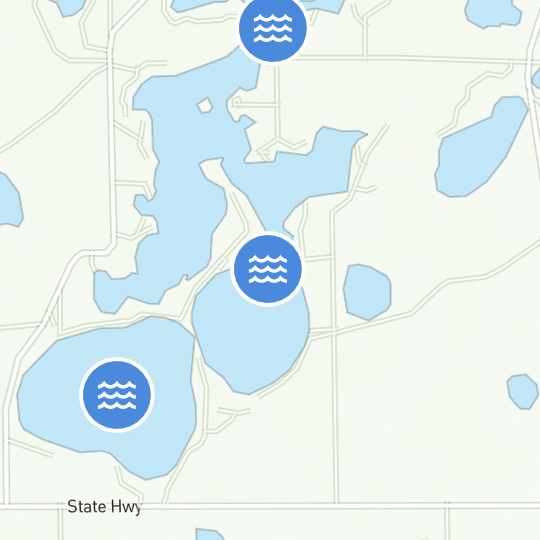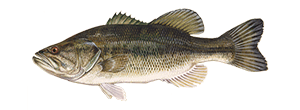How to Fly Fish
Fly fishing involves the use of artificial flies to catch fish in either fresh or saltwater. The fly is cast into the water using specialized gear, which includes a fly rod, reel, and weighted line.
With fly fishing, the idea is to catch fish by getting them to bite on an imitation of a bug or bait fish on, or just below, the water. When you’re learning how to fly fish, it’s best to begin by understanding fly casting basics like your equipment needs. To start learning how to fly fish, you need a fly rod, reel, weighted line and some artificial flies. Flies are made using fly tying techniques that combine thread, wire, beads, feathers, yarn and hair to create artificial insects and bait fish at various stages of maturity to attract trout, salmon, pan fish and carp, as well as marine species such as tarpon, bone fish and striped bass.
When learning how to fly fish, remember that this method of fishing uses techniques that are more challenging than other types of fishing. The important thing to know when mastering fly fishing for beginners is that it involves casting a very light-weight fly instead of a heavier lure or natural bait.
As you set out to learn how to fly fish, you’ll want to look for an ideal location. Most people think of fly fishing as a sport best enjoyed in mountain streams. Though these types of waters are great places to fly fish, you can also enjoy amazing fishing in the warm waters of ponds and lakes, and in salt water - and catch a broad array of fish. There's probably a body of water you can use for fly fishing not too far from where you live, especially if you are just learning how to fish.
Mountain Streams:
Often considered the quintessential fly fishing environment, mountain streams provide a picturesque backdrop for anglers seeking the serenity of nature. The clear, cold waters are home to trout, offering a challenging yet rewarding experience for fly fishing enthusiasts.
Ponds and Lakes:
Ponds and lakes offer exceptional fly fishing opportunities. Warm waters teem with diverse fish species, including bass, panfish, and carp. Fly fishing in these settings allows anglers to refine their skills while enjoying a broader range of fishing experiences.
Saltwater Fly Fishing:
Fly fishing extends its allure to saltwater environments, opening up a whole new realm of possibilities. From tarpon and bonefish to striped bass, the saltwater ecosystem provides a unique challenge for fly anglers. The open expanses of the sea and tidal flats become arenas for casting to elusive and powerful marine species.
Accessible Water Bodies:
One of the beauties of fly fishing is its versatility. Regardless of your location, there's likely a suitable body of water nearby. Whether it's a tranquil pond in a local park or a brackish estuary along the coast, exploring different environments contributes to the richness of your fly fishing journey.
As you embark on the path of learning how to fly fish, consider exploring diverse locations beyond mountain streams. The joy of fly fishing extends to a variety of waters, each offering a unique set of challenges and rewards. Embrace the opportunity to cast your fly in ponds, lakes, and saltwater environments, discovering the breadth of experiences this captivating method has to offer.
KEEP LEARNING

How to Tie the Non-Slip Loop Knot
The non-slip loop knot is a popular and reliable choice for securing hooks, lures, and other tackle to your fishing line.
LEARN MORE

Socials
Take me fishing social media links
LEARN MORE

TakeMeFishing x Teen Vogue
Join us on a creative journey as fashion designer Ahmrii Johnson walks us through her collaborative vision and process with Teen Vogue and fashion brand, Rentrayage, to create a special piece.
LEARN MORE


.png?lang=en-US&ext=.png)